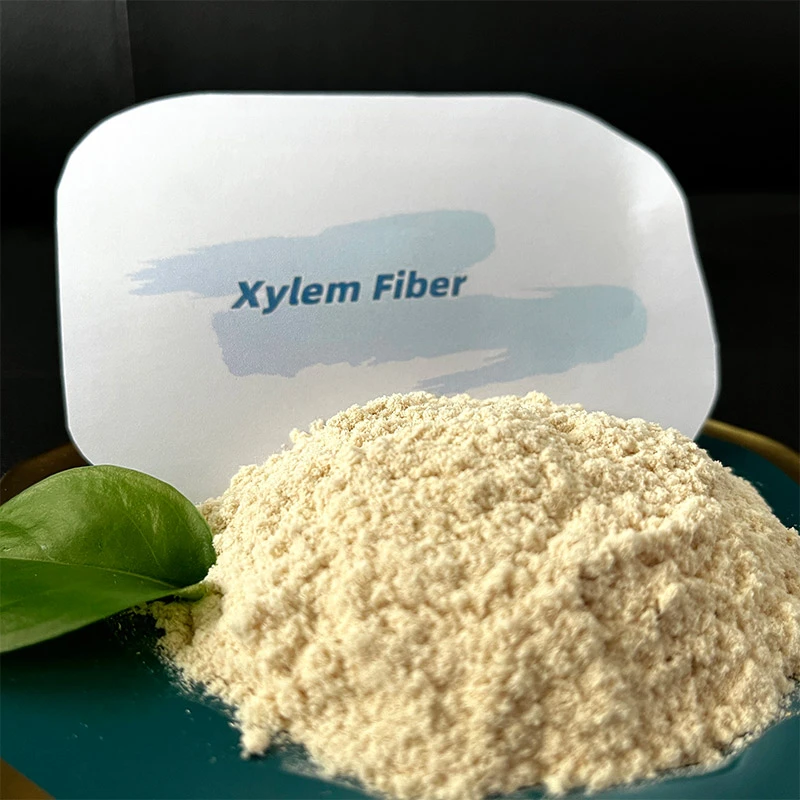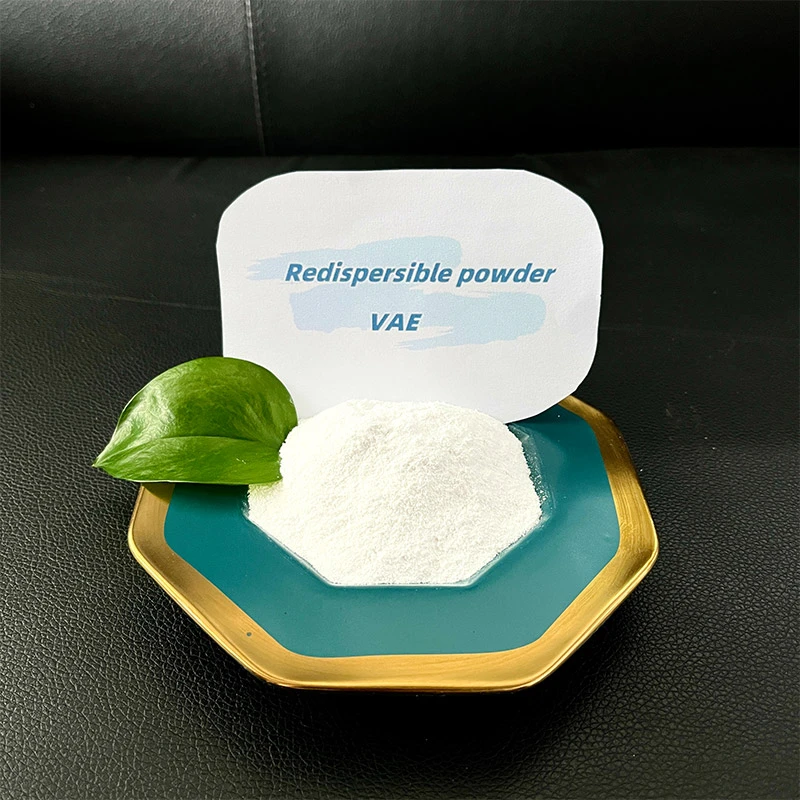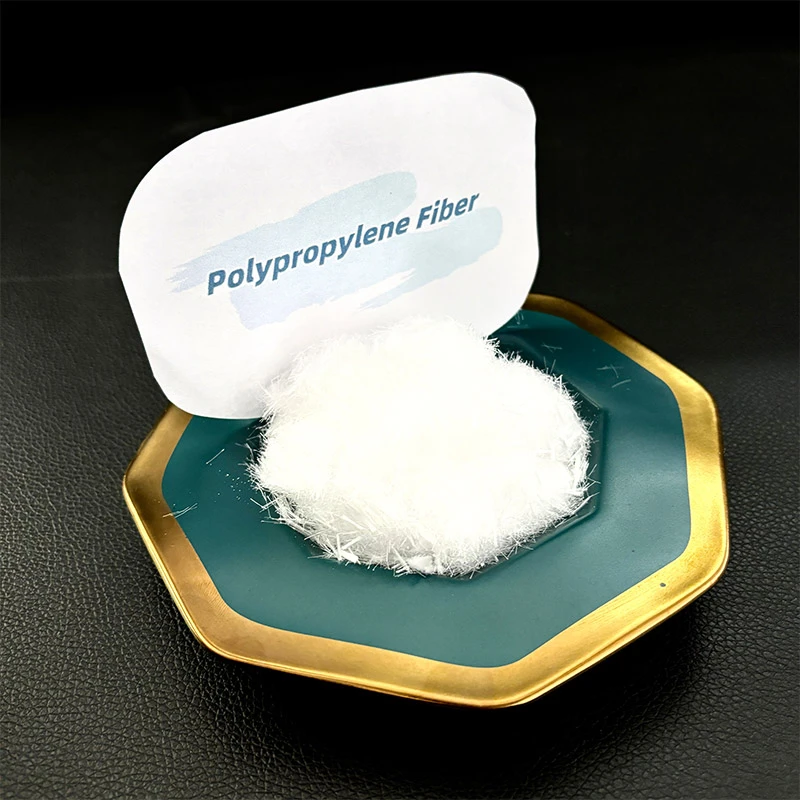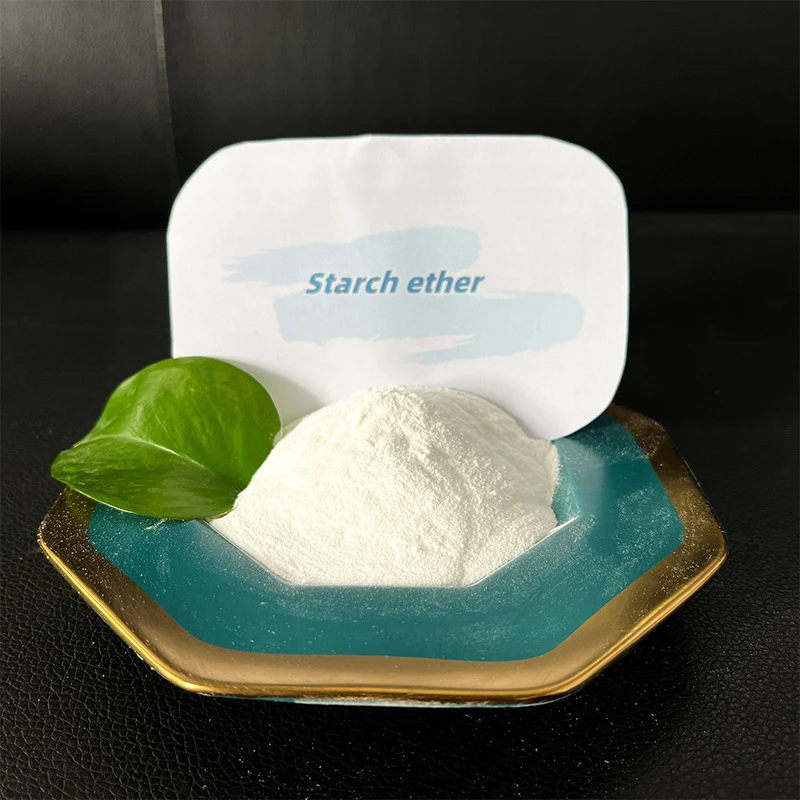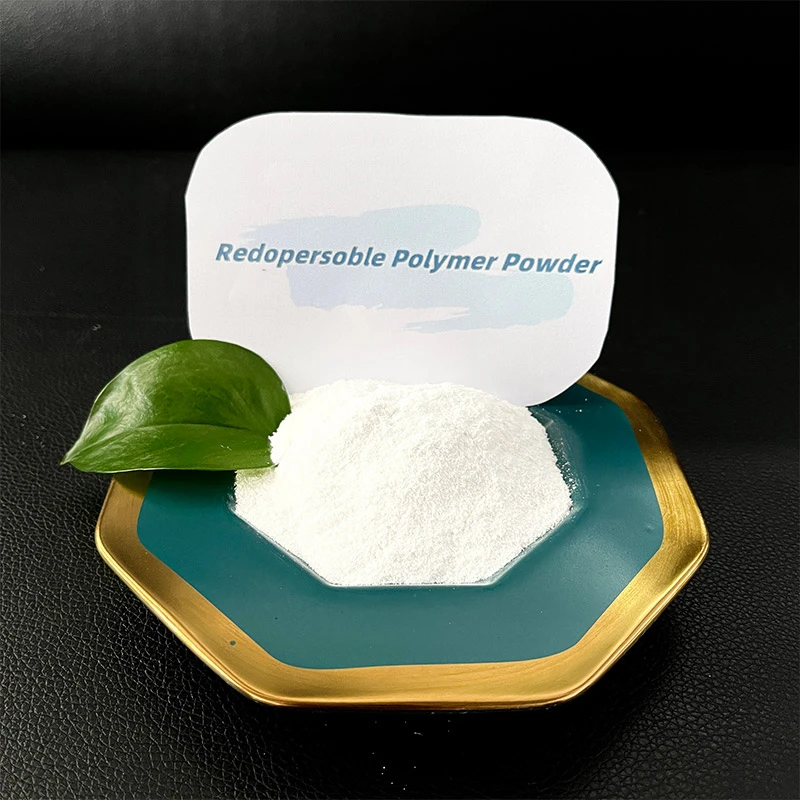
-

ເພີ່ມ: HeBei ShengShi HongBang Cellulose Technology CO., LTD.
-

ອີເມວ
13180486930@163.com -

ຕິດຕໍ່ພວກເຮົາ
+86 13180486930

MHEC Cellulose in Cement-Based Renders and Plasters
The formulation of high-performance cement-based renders and plasters demands precision-engineered additives. Industrial-scale manufacturers increasingly rely on specialized cellulose ethers like MHEC cellulose to achieve critical performance benchmarks. As leading Methocel suppliers expand their technical portfolios, bulk procurement of hydroxy methyl propyl cellulose derivatives becomes strategically vital for render producers. These materials not only enhance fundamental properties like workability and adhesion but also create formulation synergies with complementary products such as hpmc tile adhesive. For wholesalers and large-volume manufacturers, understanding the technical nuances between HPMC cellulose ແລະ MHEC cellulose unlocks significant operational advantages across production lines. This article examines how bulk integration of these cellulose ethers transforms render and plaster manufacturing economics.
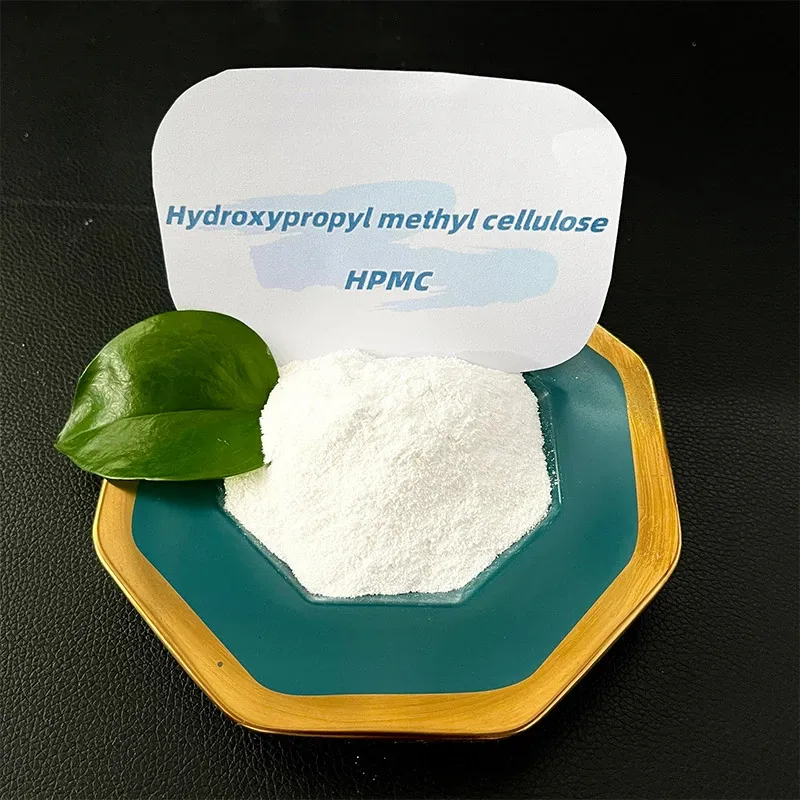
Technical Superiority of MHEC Cellulose in Render Applications
MHEC cellulose delivers distinct performance advantages in cementitious render systems compared to standard HPMC cellulose. Its molecular structure provides exceptional water retention capabilities that maintain optimal hydration conditions throughout the curing process. This characteristic proves particularly valuable in large-scale plaster applications where extended open time prevents premature drying and minimizes shrinkage cracks. When sourcing from specialized Methocel suppliers, bulk buyers gain access to MHEC cellulose with enhanced compatibility profiles that outperform conventional hydroxy methyl propyl cellulose in demanding exterior applications. The material demonstrates superior resistance to temperature fluctuations and alkaline environments inherent in cement matrices. Render manufacturers frequently leverage these properties when developing high-performance systems requiring consistent workability under varying climatic conditions. The technical synergy between MHEC cellulose and common hpmc tile adhesive components enables formulators to create unified product lines with shared raw material inventories.
Strategic Procurement from Specialized Methocel Suppliers
Establishing partnerships with technical-grade Methocel suppliers represents a critical success factor for render manufacturers operating at scale. Reputable suppliers provide comprehensive batch documentation covering essential parameters including viscosity profiles, ash content analysis, and pH stability reports. These certifications ensure consistent performance across production batches – a fundamental requirement for industrial-scale render manufacturing. Progressive Methocel suppliers offer customized substitution levels tailored to specific climatic challenges, enabling formulators to optimize renders for regional application conditions. Container-load logistics solutions facilitate cost-efficient procurement strategies for bulk quantities of both HPMC cellulose ແລະ MHEC cellulose. For enterprises manufacturing both hpmc tile adhesive and cement renders, consolidated sourcing through single-source Methocel suppliers significantly streamlines quality assurance protocols. Technical dossiers documenting MHEC cellulose performance in sustainable plaster formulations further assist bulk buyers in meeting evolving environmental standards across global markets.
Formulation Synergies Between Renders and Hpmc Tile Adhesives
Significant operational efficiencies emerge when manufacturers leverage cellulose ether compatibility across different product categories. The chemical foundation shared between hpmc tile adhesive formulations and cement renders creates natural material synergies. Hydroxy methyl propyl cellulose specified for adhesive production often demonstrates excellent performance in base-coat render applications, particularly where high water retention capabilities are required. The distinctive rheological properties of MHEC cellulose provide valuable sag resistance in both vertical tile installations and thick plaster applications. Bulk procurement managers capitalize on these technical overlaps by negotiating volume-based agreements with Methocel suppliers covering multiple product lines. This integrated approach to HPMC cellulose ແລະ MHEC cellulose acquisition reduces testing overhead and simplifies raw material storage logistics. The adaptability of hydroxy methyl propyl cellulose across product categories enables manufacturers to maintain flexible production scheduling while minimizing inventory complexity.
Bulk Optimization Strategies for Hpmc Cellulose Ethers
Industrial-scale optimization of hydroxy methyl propyl cellulose procurement requires multi-faceted strategic planning. Technical consultation with Methocel suppliers ensures precise grade selection aligned with regional climate challenges and application requirements. Progressive manufacturers implement inventory hybridization strategies that strategically blend HPMC cellulose for interior applications with premium MHEC cellulose for exterior systems. This balanced approach achieves optimal cost-performance ratios across product portfolios. Forward-looking procurement specialists prioritize cellulose ethers with compliance documentation for emerging regulatory frameworks, future-proofing production capabilities. The consolidation of hpmc tile adhesive and render raw material requirements generates substantial economies of scale during transportation and quality verification processes. Technical collaboration with Methocel suppliers facilitates development of customized cellulose ether blends that address specific manufacturing challenges while maintaining batch-to-batch consistency across bulk shipments.
FAQs: Hpmc Cellulose Ethers in Industrial Construction Materials
What distinguishes MHEC cellulose performance from HPMC cellulose in renders?
MHEC cellulose demonstrates superior performance stability in high-alkaline cement environments compared to standard HPMC cellulose, providing more consistent water retention and workability maintenance throughout the application window. This difference becomes particularly significant in challenging climatic conditions.
Do Methocel suppliers provide technical support for regional formulation challenges?
Reputable Methocel suppliers offer comprehensive technical consultation services, recommending specific hydroxy methyl propyl cellulose grades and substitution levels optimized for local temperature ranges, humidity conditions, and application methodologies.
How does MHEC cellulose integrate with polymer-modified adhesive formulations?
MHEC cellulose demonstrates excellent compatibility with polymer-modified systems commonly used in hpmc tile adhesive, enhancing cohesion properties without interfering with critical setting mechanisms or final bond strength development.
What procurement advantages exist for bulk MHEC cellulose acquisition?
Leading Methocel suppliers provide dedicated logistics support for container-scale shipments of MHEC cellulose, creating significant economies of scale while ensuring consistent material availability for continuous render production operations.
How does hydroxy methyl propyl cellulose selection impact plaster application efficiency?
Properly specified hydroxy methyl propyl cellulose significantly extends the workable application window for plasters, enabling larger continuous sections to be finished before setting occurs, thereby optimizing labor utilization on major construction projects.
-
Ethyl Cellulose Powder as a Pharmaceutical Binderຂ່າວJul.10,2025
-
Blending Fibre Natural and Synthetic for Performanceຂ່າວJul.10,2025
-
Starch Ether For Construction: The Advanced Mortar Additive Revolutionຂ່າວJul.10,2025
-
Micronized Rubber Powder Dispersion Techniquesຂ່າວJul.10,2025
-
Impact of Cream of Tartar Plaster Retarder on Final Strengthຂ່າວJul.10,2025
-
Rubber Powder Durability in Constructionຂ່າວJun.26,2025
-
Properties of Starch Etherຂ່າວJun.26,2025







